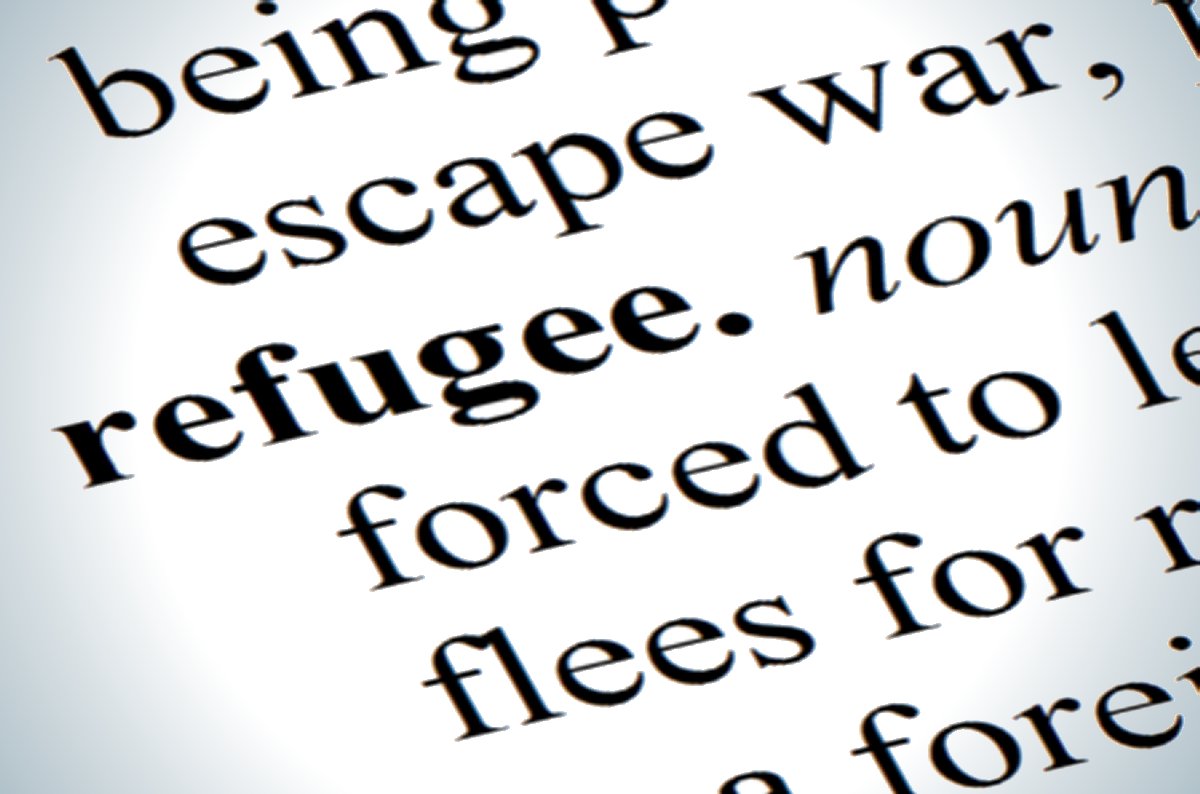In the last few days we have
witnessed an odd phenomenon. The President of the United States made several
remarks about changing tariffs on trade goods, specifically steel and aluminum.
There was also a markable increase in rhetoric about the abilities of the United
States to not only survive but ‘win’ a trade war against some of its global economic
and trade partners. This sent global markets into a brief crisis, required
counter threats from several foreign leaders, and forced white house and
congressional staffers to scramble to clarify political positions. However, all
of this came without any formal policy change, discussion of how or when these
tariffs could be enacted, or concrete action from the President or legislature.
Which brings about the quandary of if rhetoric is powerful enough on its own to
significantly change perceptions even if a change in actual policy is nonexistent.
And, perhaps, what sort of impacts and implications this could have not only on
the current administration, but also on the way future administrations may confront
global issues.
I soon came to the conclusion, that
a single brick of something like a promised border wall would not need to be
placed to have a real and significant impact on refugee populations. Rather,
the existence of the rhetoric, and the political support for the concept alone
is a symbolic deterrent possibly more effective than any physical barrier could
ever become. This then creates both global and national impacts without the
need for monetarily and politically costly actions on behalf of any specific
party or government.
There is little need for me to
simply speculate about this aspect. An ethnically Turkish friend, a permanent
resident of the United States, who teaches at a small private university in Virginia
recently reached out to me. During our conversation she confided in me that she
currently feels more trapped in this country than she did while visiting her
family in Turkey during the failed coup attempt in 2016. In a way the rhetoric of
the far right, in association with many ultra-nationalist movements have created
a furthering of isolationist era divisions among the population.
This story is not unique. We as
academics and professionals don’t exist in a singularist vacuum. Rather
everyday we witness people’s fear of not knowing if they should travel to their
familial homes to visit family because of the threat of being turned away at
our borders. This includes academics, artists, and entrepreneur from imagined
shithole countries, being entombed within the border walls of rhetoric without actual
political action or major shifts in enforced policy.





